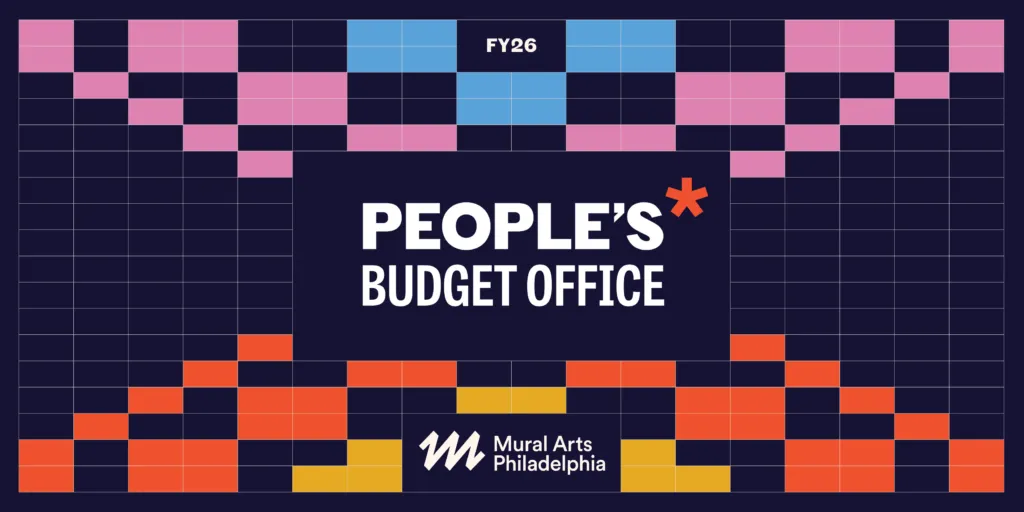Explore
Our Artwork

2025年免费预测查阅网址 168幸运飞开艇官方开奖网站. CHECK OUT OUR 2025 SPRING CATALOG!
Find out more about the projects that helped Philadelphia be named ‘Best City for Street Art’ by USA Today!
Mural
Arts
Philadelphia
Beautify. Inspire. Empower.



We believe that
幸运飞行艇®官网 历史开奖结果飞艇168站_实时飞艇直播号码. Art changes everything.
For 40 years, Mural Arts has harnessed the power of participatory public art to foster equity, opportunity, and better outcomes in Philadelphia.
幸运168官方开奖记录-体彩168飞艇开奖结果数据网 Upcoming Events

中国幸运体彩飞艇168开奖网 Mural Arts thrives with the support of people just like you. Together, we can use art to transform our lives, our communities, and the city we call home. Join us as we imagine a more beautiful, inspired, and empowered future for Philadelphia.



